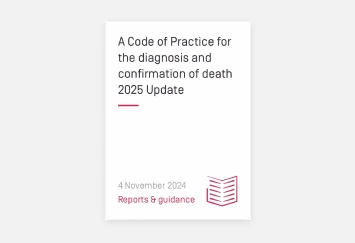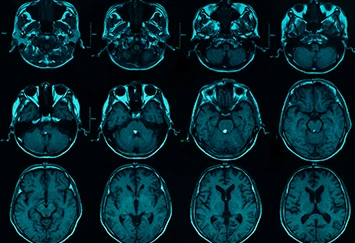Clinical Guidelines & Standards

Intensive Care guidance for the management of vaccine induced immune-thrombocytopenia and thrombosis (VITT)
Audit
Members of the Neuroanaesthesia and Critical Care Society have contributed to the latest Neuroanaesthesia addition to the 2020 RCoA Audit Compendium – Chapter 12: Neuro-anaesthesia
- Prevention of hyperthermia in acutely brain-injured patients
- Transfer of a patient with traumatic brain injury
- Subarachnoid haemorrhage
- Initial management of spinal cord injury
- Management of raised intracranial pressure in severe traumatic brain injury
- Management of the unconscious patient in intensive care at risk of spinal cord injury
- Endovascular thrombectomy
Foreword
Taken from the QI RCoA ‘recipe book’
It is my great pleasure to introduce the latest iteration of the Raising the Standards: RCoA Quality Improvement Compendium.
The ‘recipe book’, as it is colloquially known, has been
a popular and valued resource for anaesthetists in the UK and around the world, providing the basis for many departmental audits for over 20 years in its first three editions. This fourth edition represents the step change in our approach to quality, emphasising further evolution from audit for assurance and measurement to audit as part of an improvement cycle.
Anaesthesia has always been at the forefront of the movement to improve safety by developing safer systems. This Compendium makes effective links between quality standards, training and actions that individuals and departments can take to improve care. Each topic links with the GPAS quality guidelines, ACSA standards and curriculum learning objectives. Departments embarking on audits or improvements based on the topics contained here can be satisfied that in addition to improving care for patients, they are also providing good learning opportunities for trainees and moving their department closer to ACSA accreditation.
The topics reflect the full breadth of anaesthetic practice, spanning perioperative care, pain and intensive care, reminding us of the many ways in which anaesthetists influence the quality of care provided to patients. It contains the key national quality projects with anaesthetic leadership and involvement including PQIP, NELA, NAPs, SNAPs, tracheostomy care, opioid deprescribing and perioperative diabetes care. Each of these reports contains recommendations to change practice and I am pleased to see they are brought together alongside suggested actions to help anaesthetists mobilise this knowledge to provide safer and more effective care.
This Compendium is patient centred, with examples of patient co-design, and prompts to include patients’ experiences and perspectives wherever possible. I am grateful to our lay committee for their input and particularly Elspeth Evans for her work alongside the editorial team.
This Compendium also represents a huge amount
of teamwork. The College is indebted to the legion
of contributors who have submitted recipes. Often experts in their topic, each recipe represent the product of many hours researching and summarising the key audit standards into a digestible summary. The content of each chapter of related topics is coordinated by a chapter editor and a quality improvement editor who has often added points on improvement methodology. The ‘section A’ of improvement methodology provides an excellent resource for those wishing to learn more about improvement science.
I extend my gratitude to the Compendium editors; Professor Carol Peden and Dr. John Colvin, who have been associated with the book for over 10 years, joined in this edition by Drs Carolyn Johnston and Maria Chereshneva. Dr Chereshneva led the development of the book as a HSRC fellow based at St Georges Hospital.
I strongly encourage all anaesthetists, and in particular those in leadership roles responsible for safety and quality, to adopt the standards and recommendations for action in this Compendium. We continually face pressures of changing demographics and increased complexity, often in an environment with workforce challenges and resource limitations. Using improvement methodology applied to benchmarked standards of care, as listed in this Compendium, we can provide safer and ever more effective care for our patients and more rewarding ways of working for our specialty.
Ravi Mahajan
President of The Royal College of Anaesthetists

Edited by Dr Judith Dinsmore/ QI editor Dr Lesley Jordan












